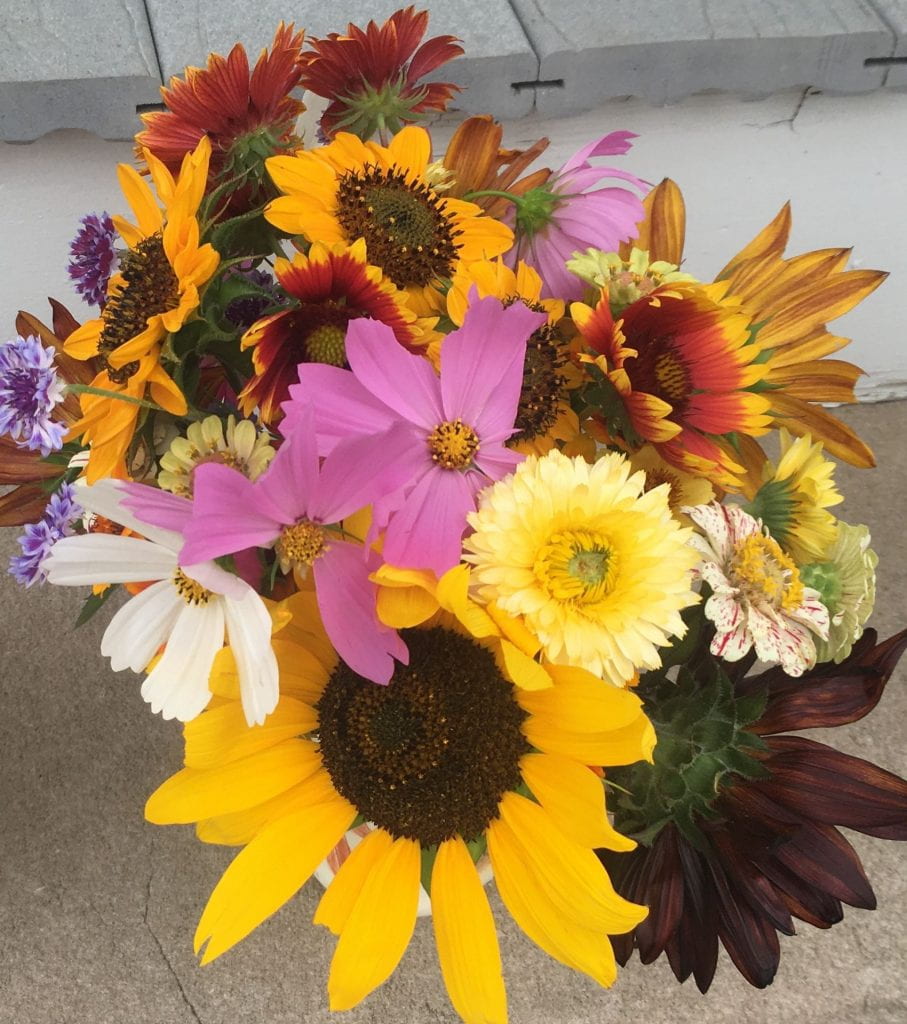
I don’t know about you, but this time of year I start daydreaming of all the plants I can’t wait to grow in my garden once it gets warm. The virtual and hard copy seed catalogs that fill my mailbox and my inbox are full of so many beautiful pictures and inviting suggestions. How to choose?
Well, if one of your goals for your 2021 garden is to provide good habitat for beneficial insects that eat pest insects (natural enemies of pests), here’s some advice…
Look for pollen and nectar producers
Flowers that provide plenty of pollen and nectar make great habitat for natural enemies. This is because some natural enemies also eat pollen or nectar (or both). For example, this adult hover fly feeds on the pollen and nectar produced by this bachelor’s button.
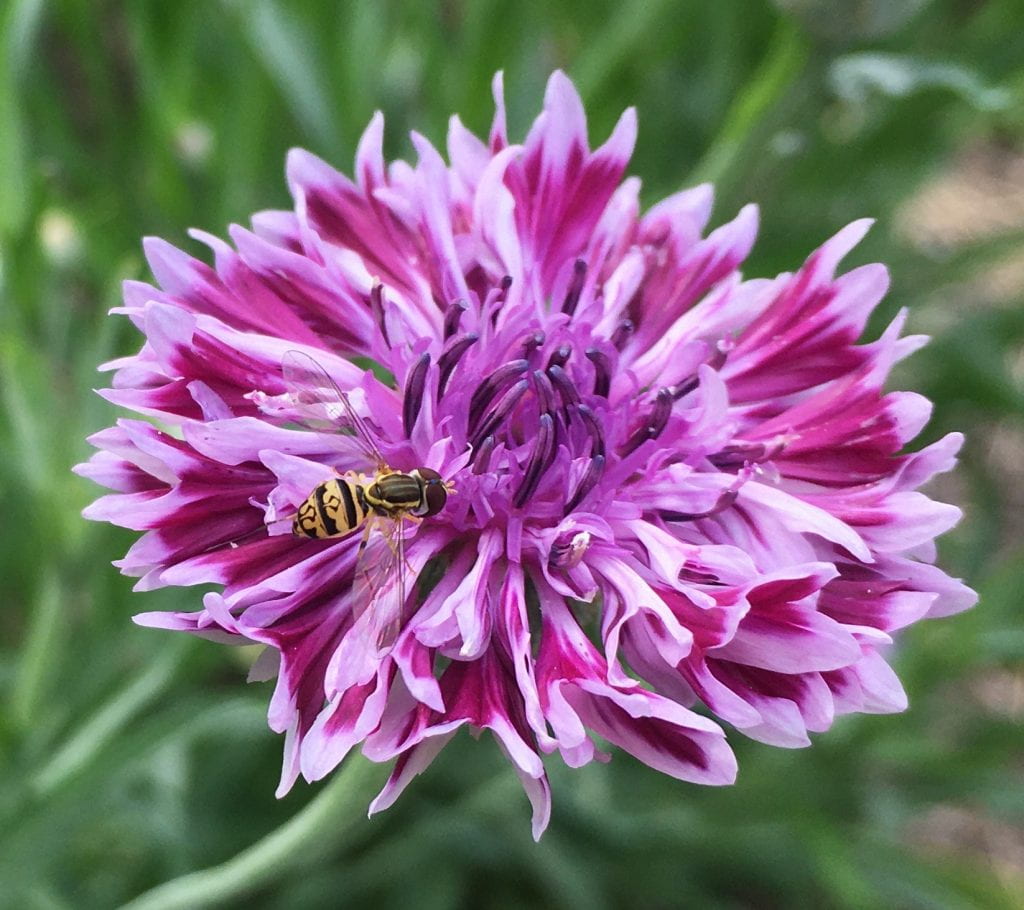
Flowers that produce pollen and nectar also attract other insects that natural enemies feed on (including lots of neutral insects, so the net effect is positive). This ambush bug is hanging out on a zinnia waiting for other insects to wander by and become lunch.
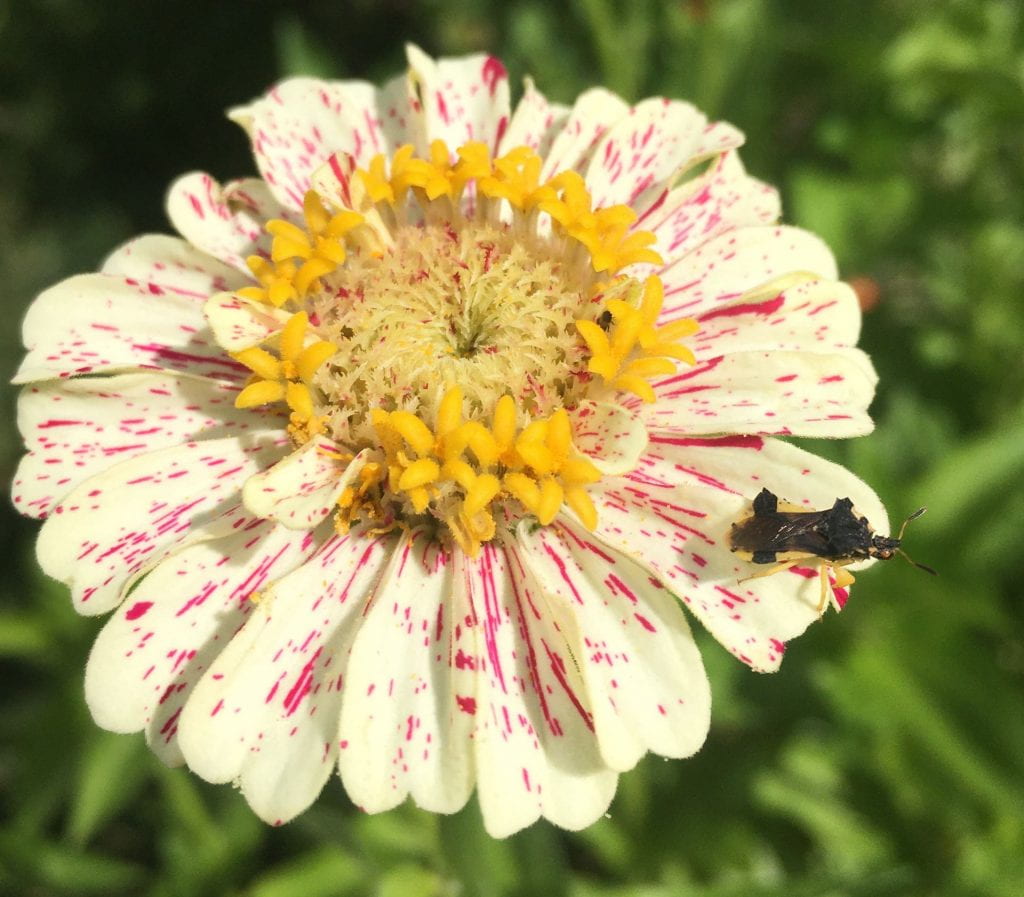
How do you know if a plant will produce flowers rich in pollen and nectar? Well, plants marketed as being good for pollinators are often a good bet, since bees, butterflies, and other pollinators also feed on pollen and nectar. Be aware that sometimes – but not always – “fancy” cultivars (with double blossoms or exotic colors) do not provide the same pollen and nectar resources as the “plain” cultivars or simply native species. You can read a bit more about this in my post from last spring.
Flower shape matters
While some bees have long tongues that help them reach into deep, tube-shaped flowers, lots of natural enemies (like flies, small wasps, and beetles) prefer small, shallow, and open flowers. The pollen and nectar are easier to access, and these flower shapes also give them a nice spot to land or sit.
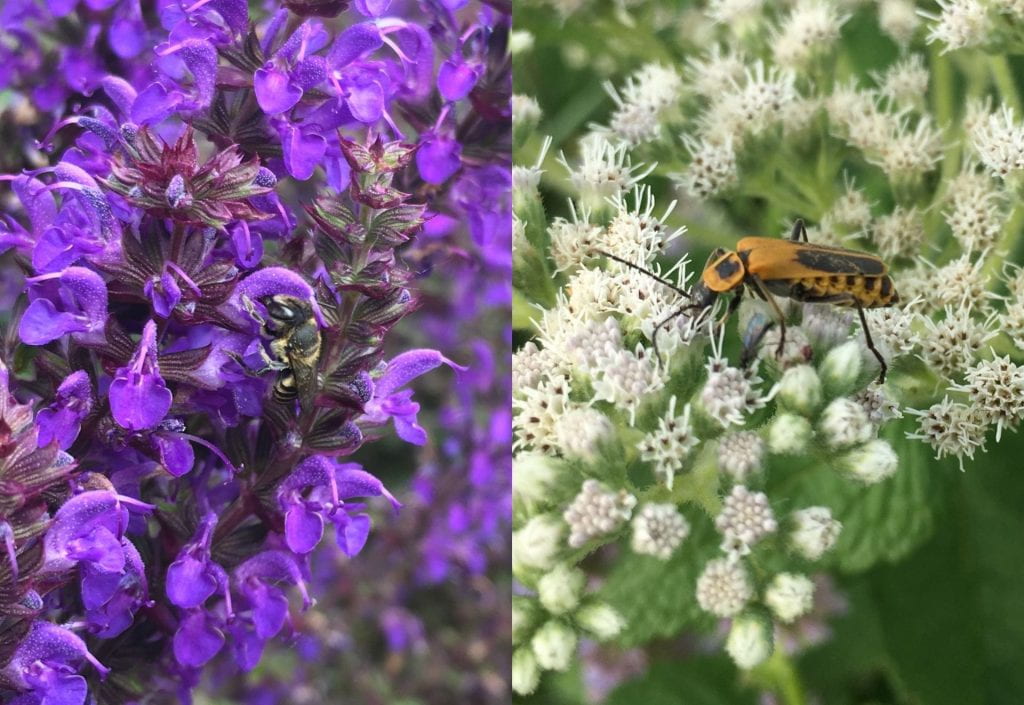
Plan for season-long blooms
Natural enemies need food (whether it’s pollen and nectar or other insects) from early in the spring until late in the fall. If you only have blooms in July and August, the natural enemies will be very hungry, and will find another spot to hang out. Of course, continuous blooms have aesthetic value, too.
While annuals tend to bloom for a longer period of time during the growing season (especially if you pick off dead blooms), it can be hard to find annuals that bloom early (at least in NY).
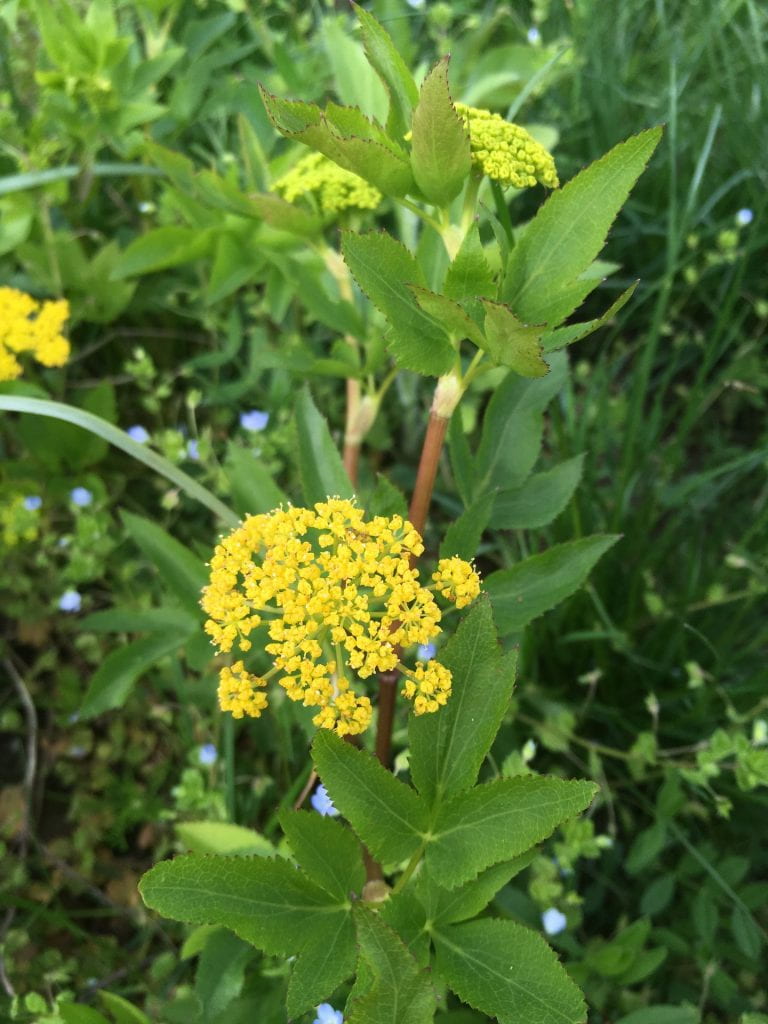
Including some early-blooming perennials will feed your natural enemies before your annuals take off. This site lets you search for plants by a variety of characteristics, including when they bloom.
Put away those pesticides!
Or at least pause and assess whether you really need them and what impact they might have on natural enemies and other non-pests before you use them. Of course, you must always read and follow the label on any pesticide, no matter where you plan to use it. The label is the law!
Plants that don’t bloom are still useful
For example, bunching grasses not only provide some visual contrast to blooming plants, but they make great shelter for predatory beetles, spiders, and other insects.
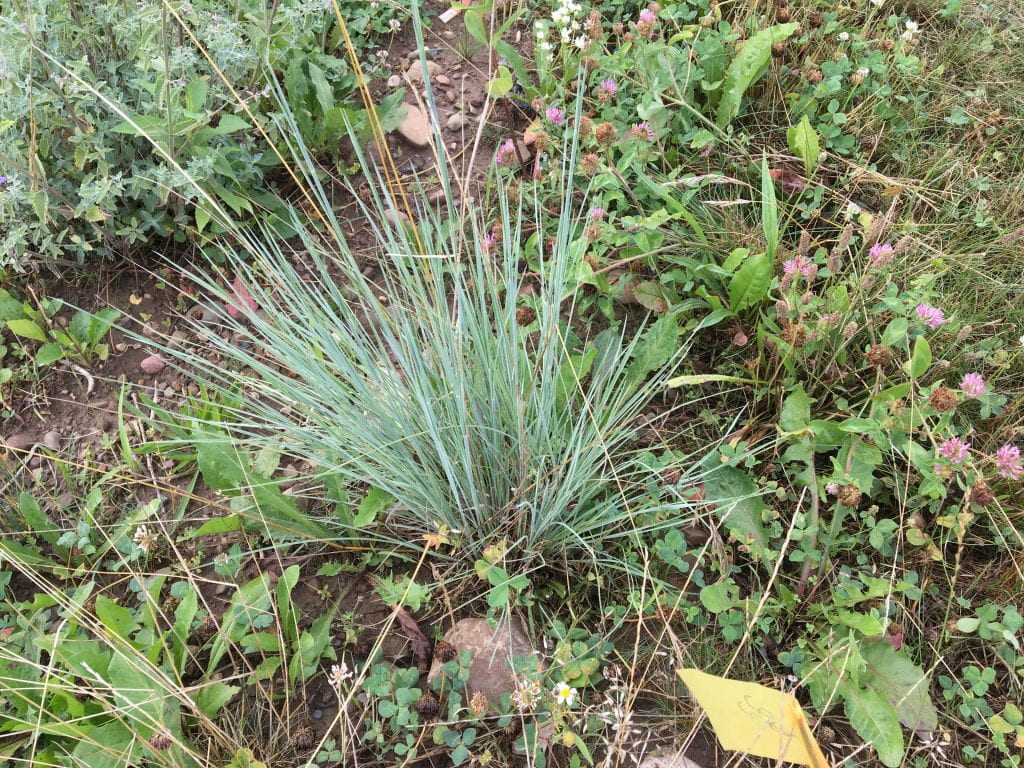
If you love spreadsheets like me…
While looking for pollinator-friendly plants is an easy way to choose plants that will probably support natural enemies, sometimes I am asked “yes, but if I want to attract this specific natural enemy, what should I plant?” So I reviewed university research and extension resources from around the United States to see which plants have been documented to support specific natural enemies. Here’s the link to that spreadsheet. If you want the “cliffs notes”, here are the plant families that had the largest number of species documented as supporting natural enemies:
- Aster (same as the daisy or composite family)
- Carrot (same as the parsley family)
- Mint
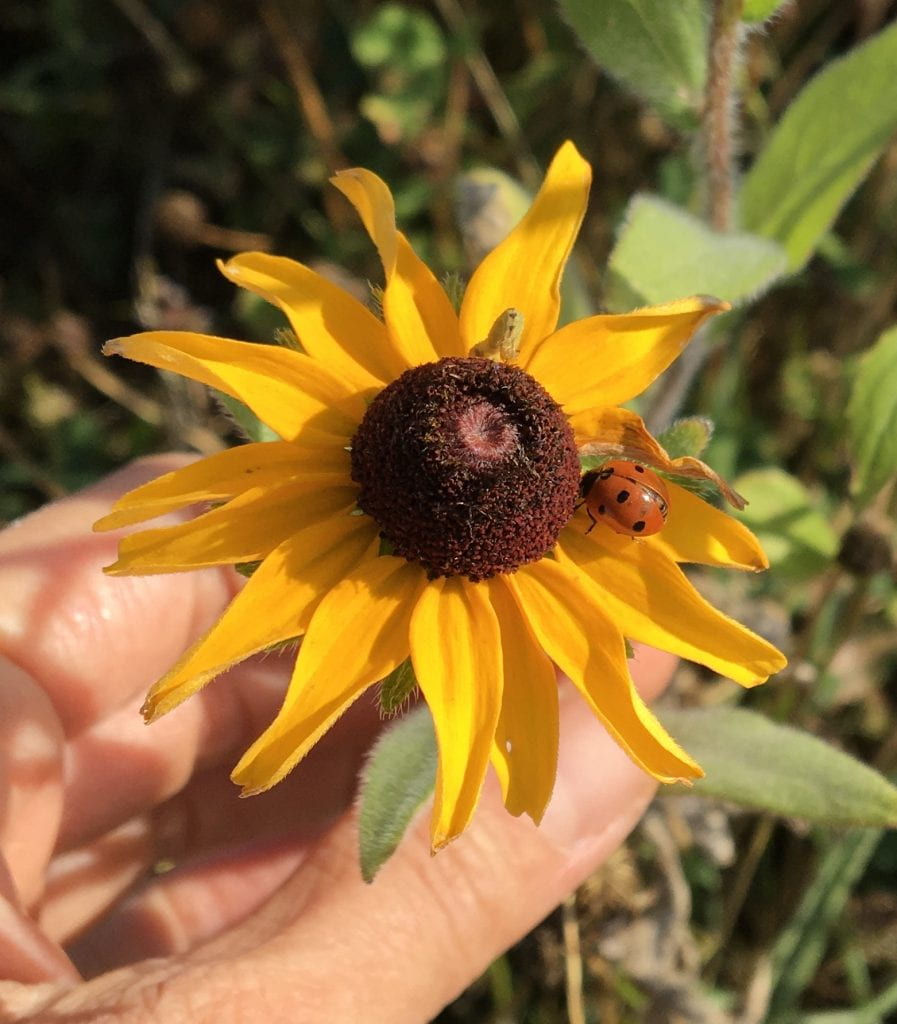
Got a pest and you’re wondering which natural enemies will eat it? There’s a chart for that, too!
So, what will you be growing in 2021? I already placed my first seed order (hint: it included a few different kinds of both zinnias and sunflowers), but I can’t promise I won’t place a second one.
This post was written by Amara Dunn, Biocontrol Specialist with the NYSIPM program. All images are hers, unless otherwise noted.
